How to sound like Royal Blood's Mike Kerr on a budget
Learn the secrets behind the colossal dual-amp tone of the bass-wielding riff machine
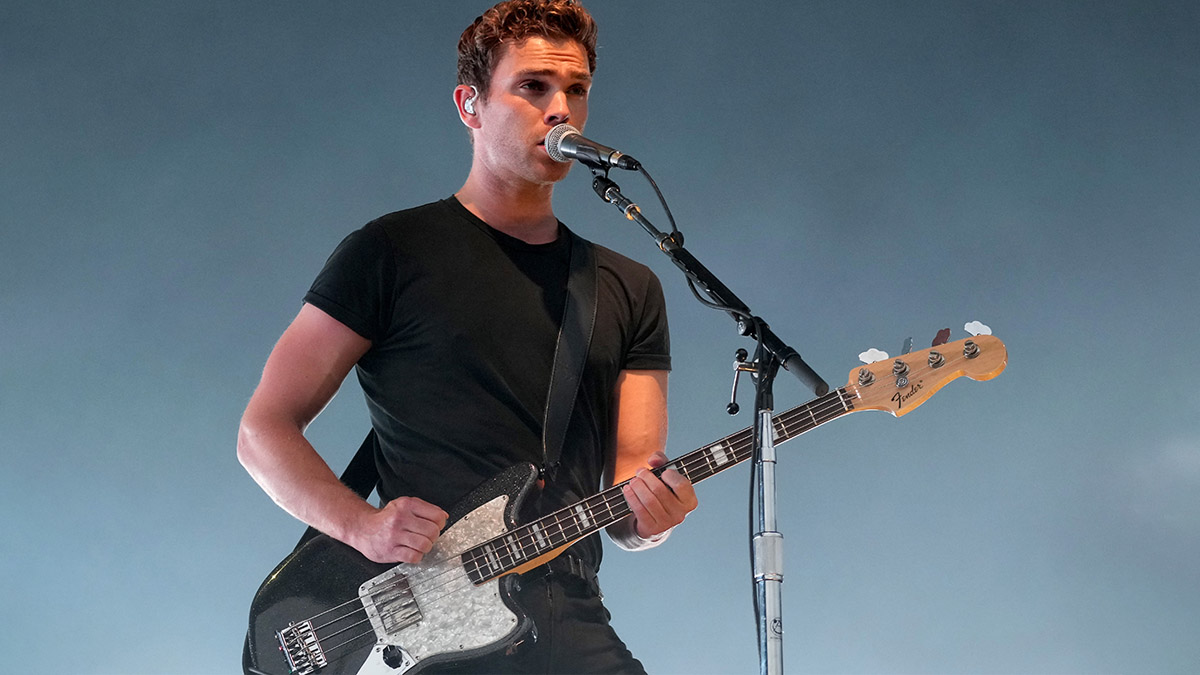
Royal Blood have honed one of the most sought-after tones in modern rock, thanks to Mike Kerr's cunning pairing of a bass with a ream of pitch and distortion boxes, plus guitar and bass amps.
For much of the duo's career, Kerr's rig has remained shrouded in secrecy. But finally, in a recent interview with Total Guitar, Kerr let slip a few of his tonal secret weapons – and revealed his sound isn't as hard to achieve as you might think.
“There are some brilliant videos on YouTube on how to sound like us, but on a budget,“ he explained.
“One thing that made me laugh is the budget they work with – usually around £1,500. And I’m always thinking, ‘Man, you could do it with £600!’ It’s more simple than that.“
So, with that challenge and our newfound knowledge in mind, we set out to capture Kerr's sound with rigs priced at £1,500/$1,750 and £600/$800…
The £1,500/$1,750 Mike Kerr rig
Gretsch G2220 Junior Jet 2 bass – £319/$299
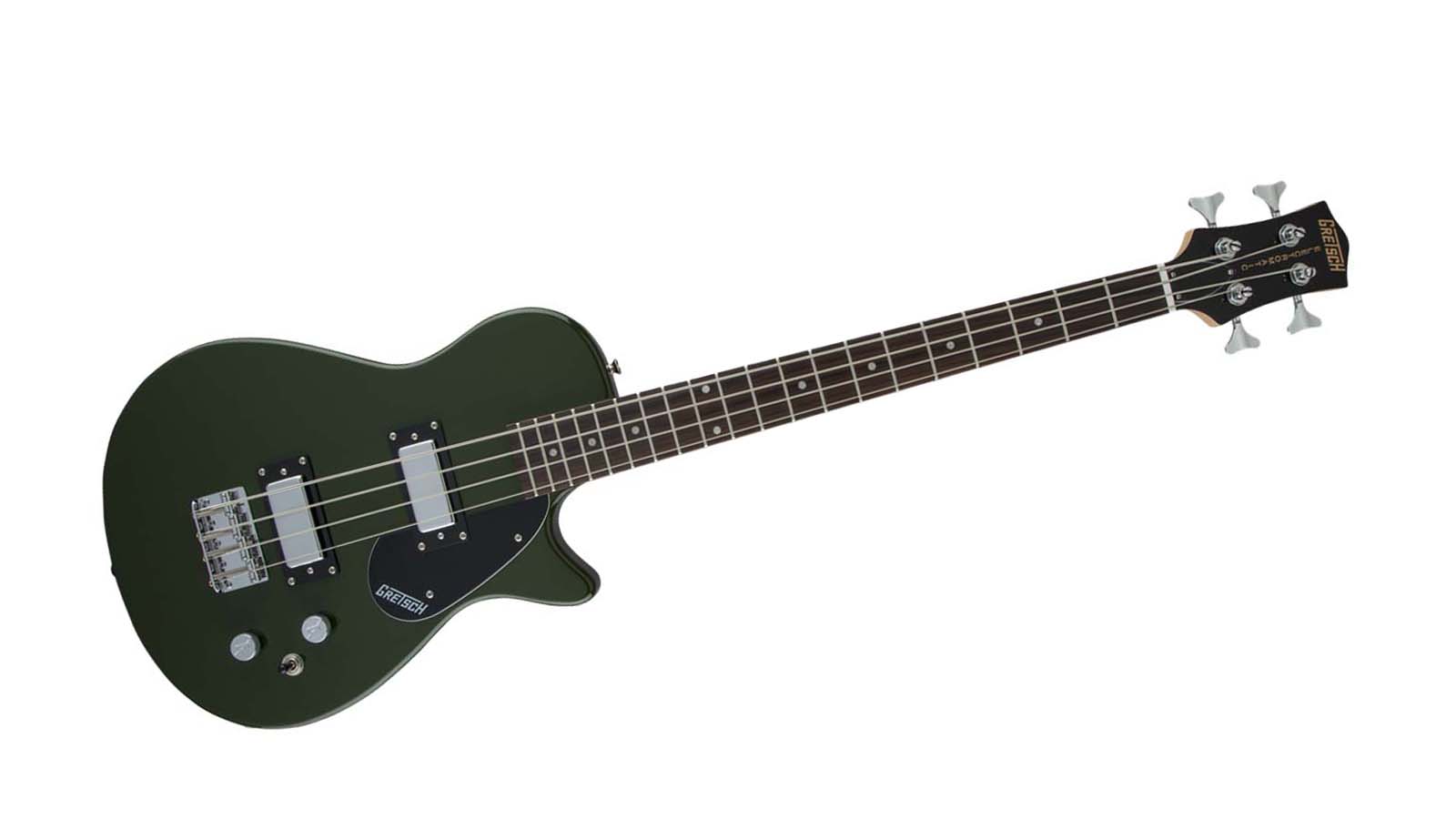
Though he sticks with Fender bass guitars these days, it was a tobacco sunburst Gretsch in Kerr’s hands for much of the first album cycle. As the man himself tells us, the shorter scale-length makes it an instrument that lends itself well to being played like a guitar.
Blackstar Unity 500 bass combo – £549/$649
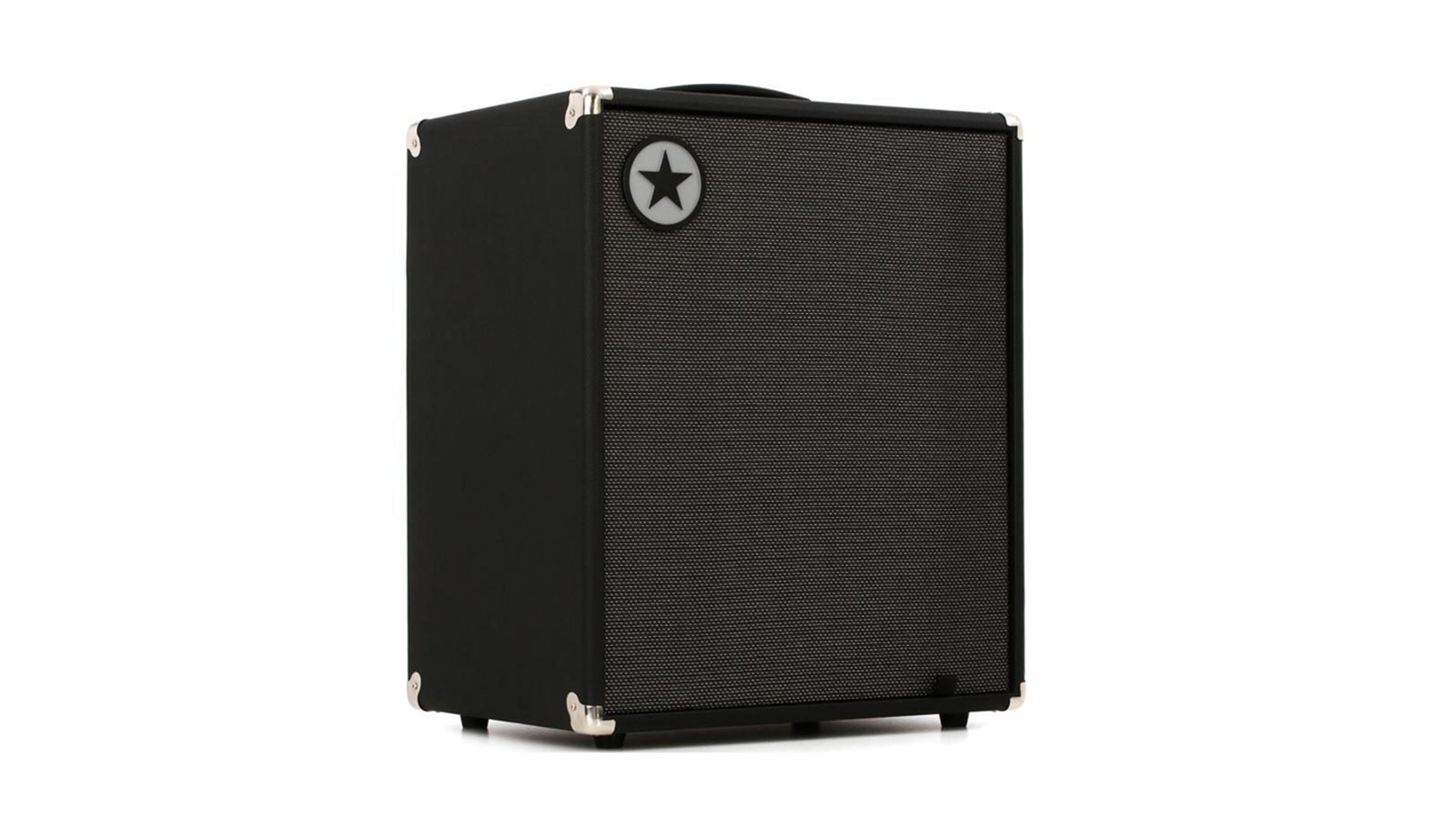
Presuming you already have a guitar rig, you will need a bass amp too – and quite possibly something you can also gig with. The Blackstar Unity 500 brings a lot of power and tone without breaking the bank.
Get The Pick Newsletter
All the latest guitar news, interviews, lessons, reviews, deals and more, direct to your inbox!
Electro-Harmonix Switchblade Plus – £40/$54
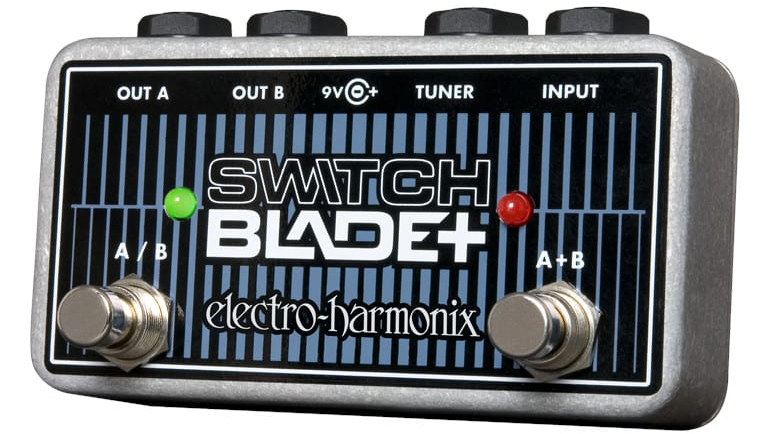
Giving you the option to route to your guitar amp or your bass amp, as well as both at the same time, this clever little box from the New York pedal titans does a lot for very little money.
Tech 21 Red Ripper – £165/$190
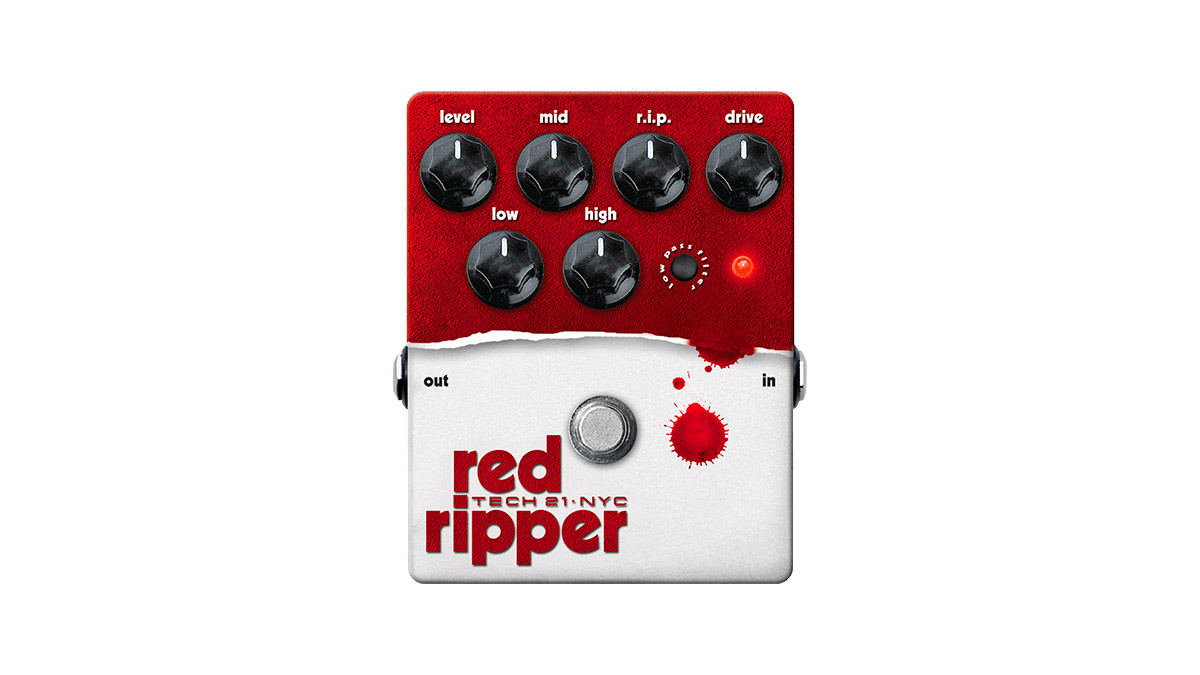
The all-analogue bass distortion stompbox from Tech 21 offers some seriously aggressive tones and vintage filter-style effects. There’s an active three-band EQ and an R.I.P. dial that allows the user to shape the kind of gain being added.
Electro-Harmonix POG2 – £280/$380
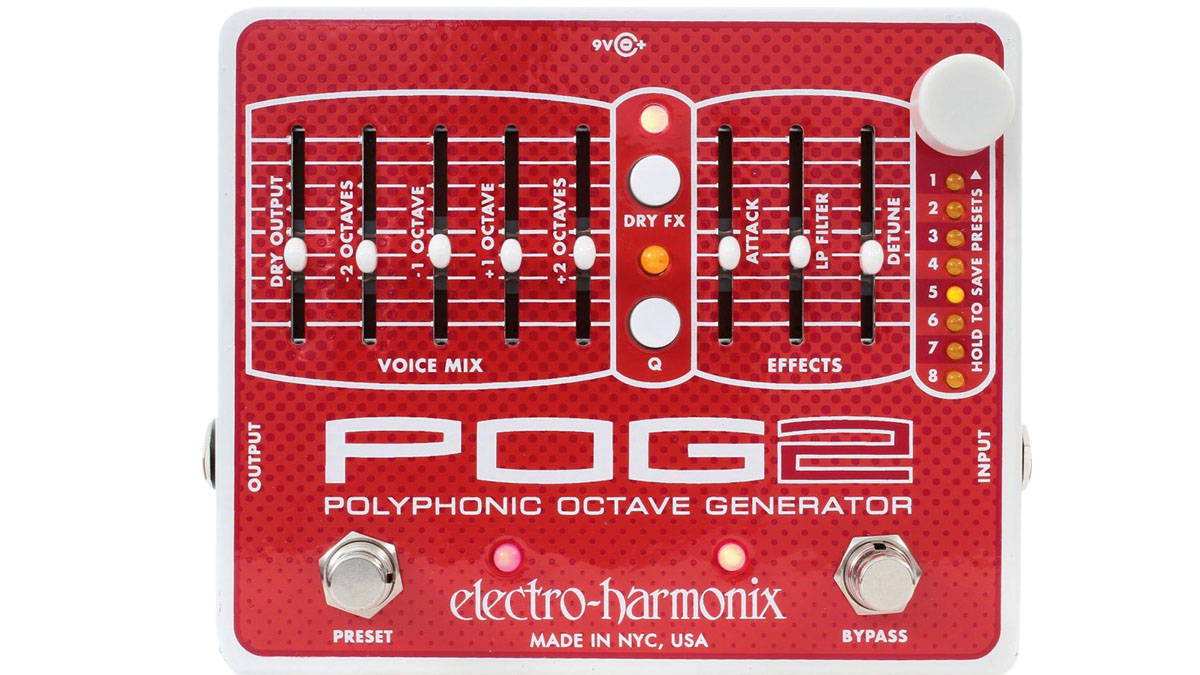
The Royal Blood frontman may have a love/hate relationship with the polyphonic octave generator, but it’s also one of the most important pedals in his rig – so much so, he uses two. The tracking for single notes and chords is superb, and there are controls to blend your dry signal against two octaves up and down and other faders to control the amount of attack, detune and low-pass.
TC Electronic Mimiq Doubler – £89/$109
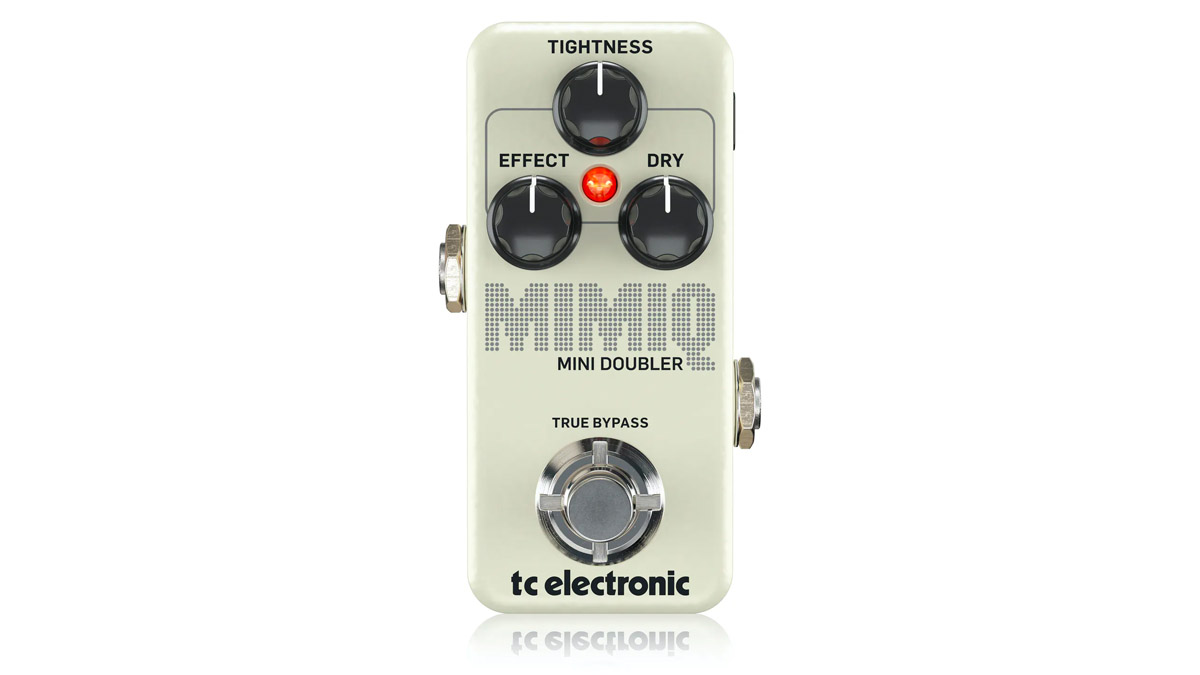
Instead of using two POG2 pedals feeding into two guitar amps, you could stick with one and thicken your signal with a doubler. Something like the Mimiq can create a wider stereo image.
The £600/$800 Mike Kerr rig
Fender ABY Switcher – £35/$60
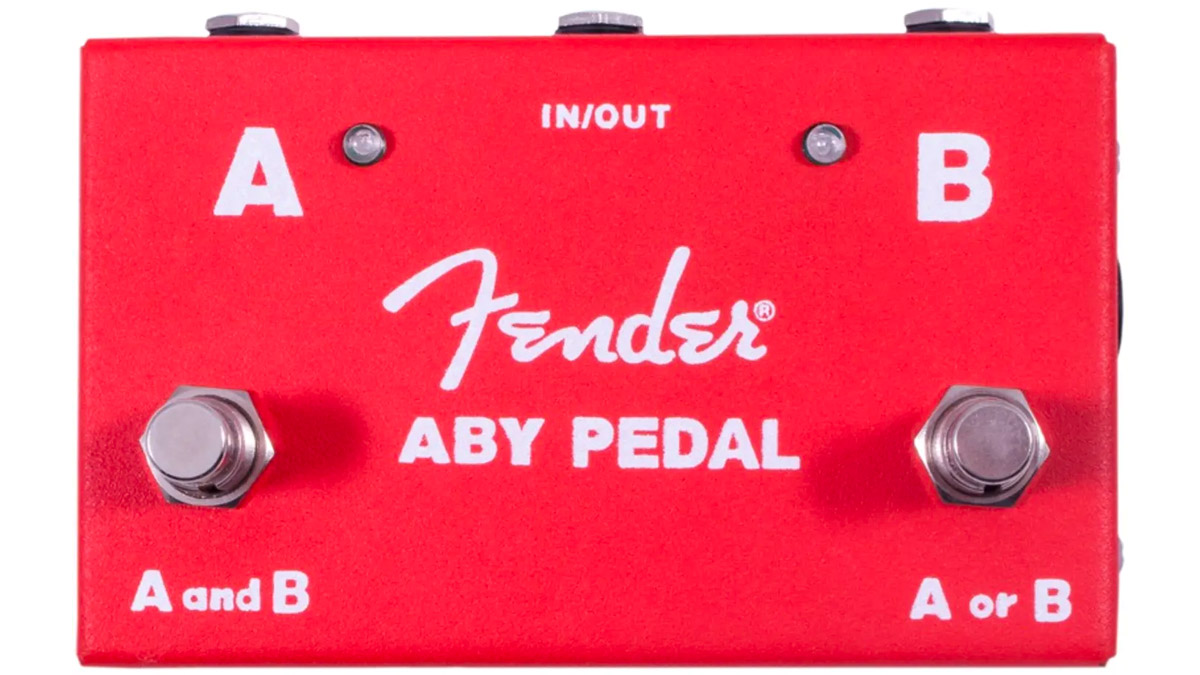
For those on a tighter budget, you could always try it the other way round and pitch-shift your guitar downwards. This Fender ABY switcher will split your signal and allow you to effect each end of the rig independently.
DigiTech Drop – £105/$240
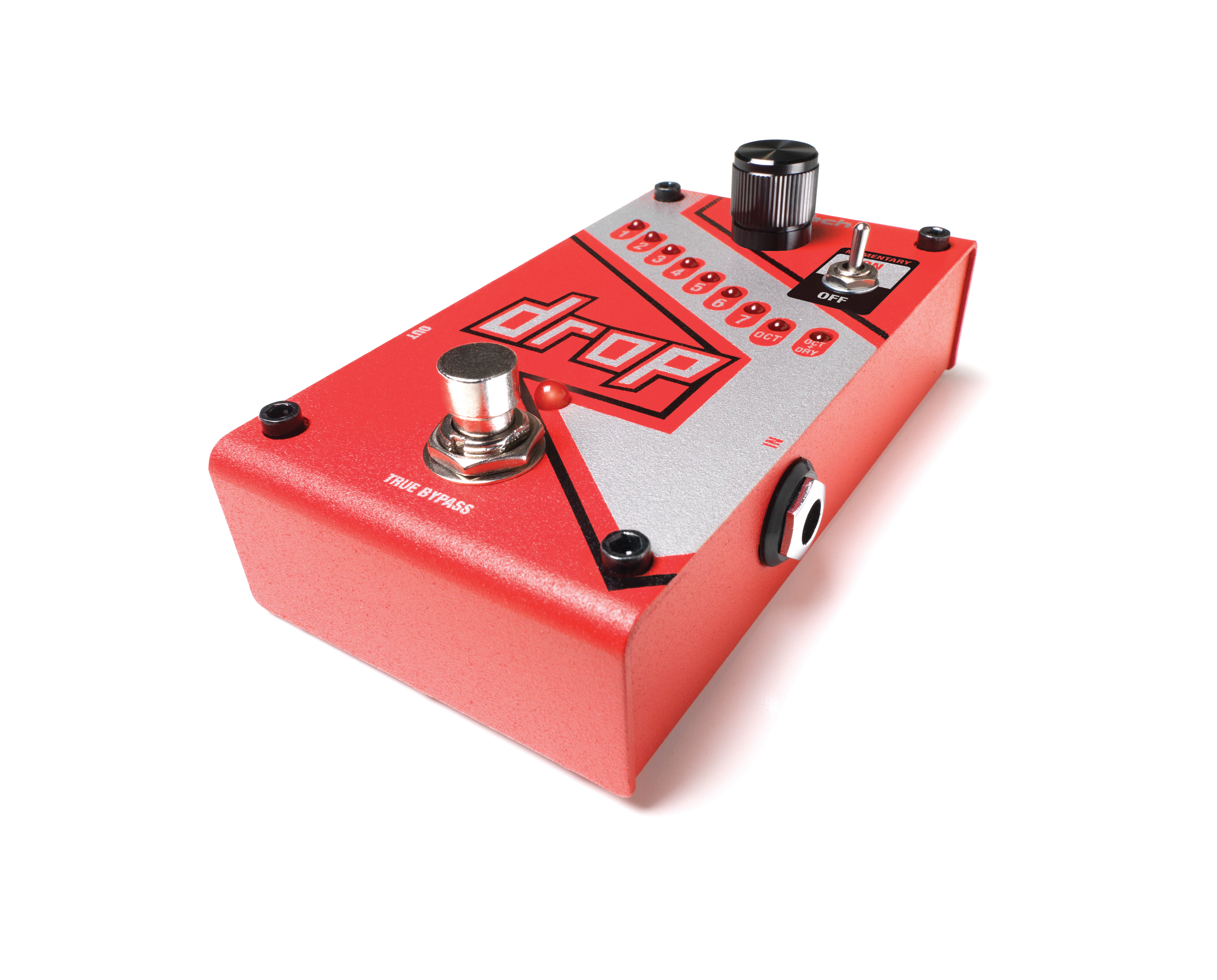
If DigiTech are known for anything, it’s this kind of pedal, as evidenced by the long list of players who have sworn by their Whammy over the years. The Drop has nine settings, though it’s the octave down option you’ll be needing to cover the lower register.
Boss GE-7 Graphic Equalizer – £85/$120

It would be wise at this stage to reshape your ‘bass’ tone and dial in more body to really emphasise its place in the spectrum. It would also make sense to take out some of the bass on your guitar amp, in the hope of establishing two sonically independent rigs that can exist side-by-side.
Fender Rumble 100 bass combo – £309/$349
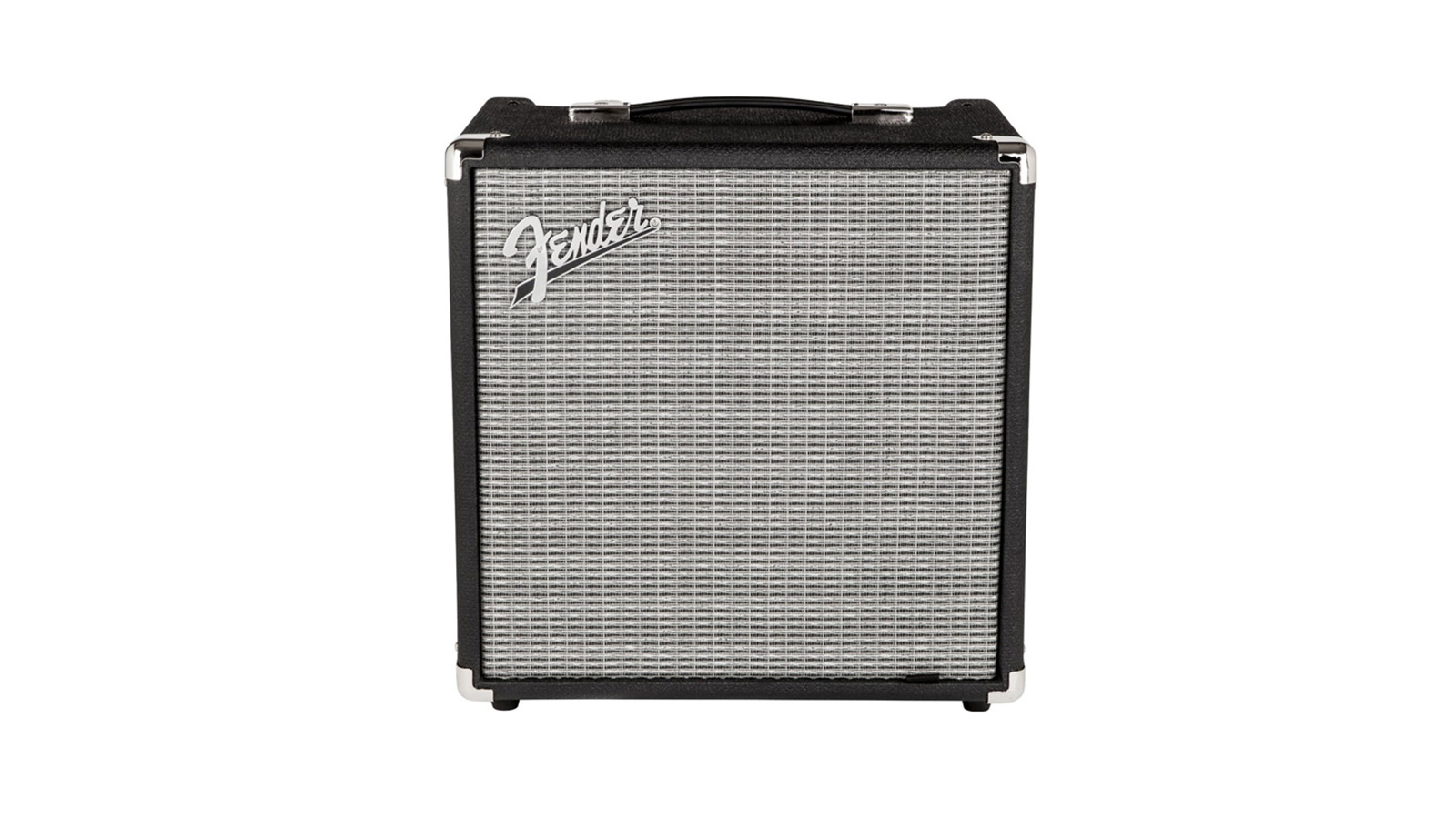
The revamped Rumble line lives to its promise of being “lighter and louder than ever”. It comes with a footswitchable overdrive circuit, which could be handy to kick in for bigger riffs and choruses.
Amit has been writing for titles like Total Guitar, MusicRadar and Guitar World for over a decade and counts Richie Kotzen, Guthrie Govan and Jeff Beck among his primary influences as a guitar player. He's worked for magazines like Kerrang!, Metal Hammer, Classic Rock, Prog, Record Collector, Planet Rock, Rhythm and Bass Player, as well as newspapers like Metro and The Independent, interviewing everyone from Ozzy Osbourne and Lemmy to Slash and Jimmy Page, and once even traded solos with a member of Slayer on a track released internationally. As a session guitarist, he's played alongside members of Judas Priest and Uriah Heep in London ensemble Metalworks, as well as handled lead guitars for legends like Glen Matlock (Sex Pistols, The Faces) and Stu Hamm (Steve Vai, Joe Satriani, G3).
"Upgrading from your entry-level acoustic opens the door to an entirely new world of tonewoods, body shapes, and brands": 6 signs it's time to upgrade from your first acoustic guitar
"I'm past my prime": 5 common excuses for not learning the guitar – and 5 body and mind-boosting reasons you should


![A black-and-white action shot of Sergeant Thunderhoof perform live: [from left] Mark Sayer, Dan Flitcroft, Jim Camp and Josh Gallop](https://cdn.mos.cms.futurecdn.net/am3UhJbsxAE239XRRZ8zC8.jpg)








